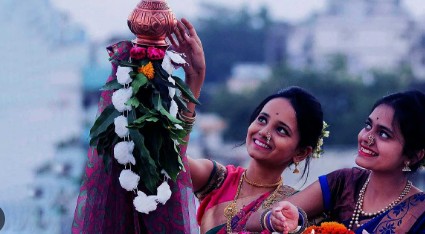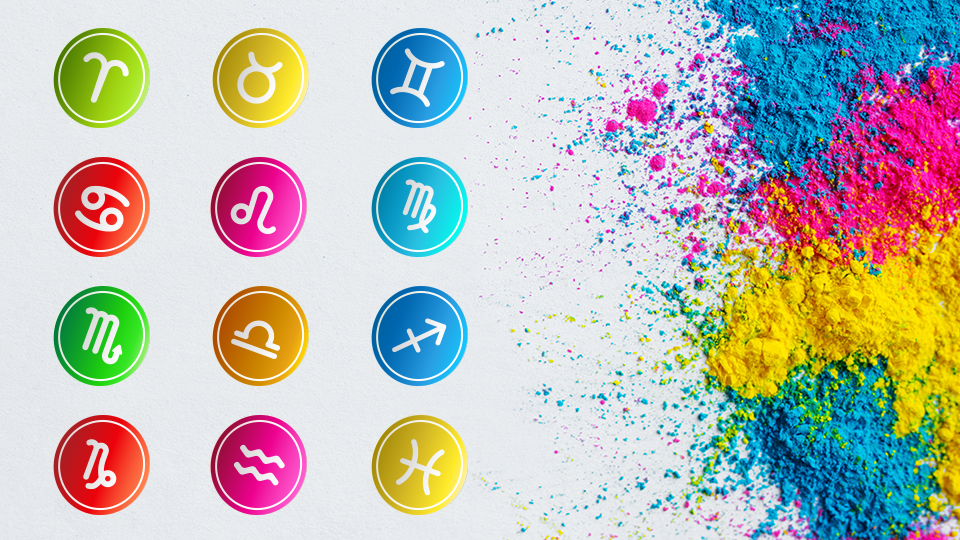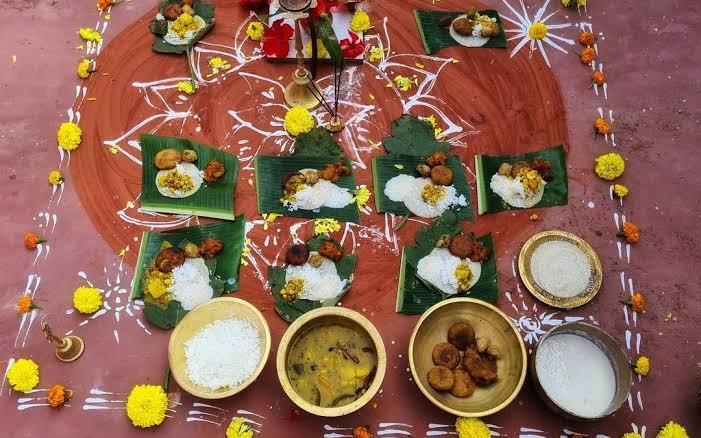Why is Hindu New Year celebrated in India? Do you know how it is calculated?
Why is Hindu New Year celebrated in India? New Year’s Day is celebrated all over the world on January 1. According to Indian culture, the Hindu New Year begins on March 30 this year. According to the Hindu New Year Panchang, it is celebrated on the Shukla Pradipada of the Chaitra month. This year, the Hindu New Year begins on March 30. According to the Vikram Samvat-based calendar, the Shukla Pradipada of the Chaitra month has been celebrated as the beginning of the new year by the Hindu community in India for thousands of years. The Hindu New Year, celebrated according to the Vikram Samvat-based calendar, is also called the Hindu Nava Sambsha, meaning New Sambsha. New Year is considered the beginning of a new year in the country, which only falls in the month of Chaitra.

Why is the Hindu New Year celebrated, and how is time calculated according to the Hindu calendar?
According to Indian cultural norms, Lord Brahma began the creation of the universe on this day. The Vikram Samvat new year begins from this day. Vikram Samvat is celebrated in various states of India as Gudi Padwa, Ugadi, etc.
Vikram Samvat 2082, this year begins on March 30. The Hindu Vikram Samvat 2082 is 59 years ahead of the English year 2025. It is said that the reason why Vikram Samvat is 59 years ahead of the English calendar is because Vikram Samvat was started by King Vikramaditya. With the start of Vikram Samvat, King Vikramaditya waived off all debts and provided relief to the people of his kingdom. Vikram Samvat starts every year on the Pratipada Tithi of the Shuklapaya of the Chaitra month. From a mathematical point of view, this Samvat is considered the most accurate time calculation. Vikram Samvat is considered the national Samvat.
How is the calendar based on Vikram Samvat calculated?
Vikram Samvat remains the basis of the Indian calendar and timekeeping to this day. The greatest feature associated with this calendar is that it is scientifically constructed based on time calculations. All 12 months are mentioned through this calendar. All these 12 months are named after zodiac signs. Like the English calendar, this calendar has a total of 365 days. The English calendar starts its new year on January 1, while the Vikram Samvat calendar starts its new year on Chaitra. Its duration is 354 days. The remaining 10 days are considered a leap month. According to the astrological calculations, 27 types of constellations are described in it. The number of days in a constellation month is also considered to be only 27. On the other hand, in the Savana year, the number of days is about 360, and the number of days in the month is 30. Although the 10 days of the leap month are part of the lunar year, it is called the leap month rather than the lunar month.
Why is the New Year celebrated only in the month of Chaitra? What is the mythological significance?
It is said in the Brahma Purana that on this day, i.e., Chaitra Shukla Prakash Pratipada, Lord Brahma created the world. According to one estimate, the world was created about 1 billion 14 crore 58 lakh 85 thousand 125 years ago, on the Shukla Pratipada day of the month of Chaitra. This is another reason why the Hindu New Year is celebrated on this day. Apart from this, Vikramaditya also started Sabesir in his own name on the first day of Chaitra Shukla Paksha. The Hindu New Year is also called Vikram Sambesir. This year Vikram Samvat 2081 completes, and Vikram Samvat 2083 will begin. One of the reasons for celebrating the new year in the month of Chaitra is that this month is very important from a natural point of view. During this time, trees, flowers, and fruits are planted to grow. Apart from this, the morning weather is also very good in this month. There is also sweetness in the morning. In Hinduism, the moon and the sun are also worshipped as deities, and the first day of the lunar cycle falls in the month of Chaitra.
This day is also celebrated as the new year. Saints and sages have considered the month of Chaitra to be very auspicious for the new year. Lord Rama was born on the ninth day of the bright fortnight of the month of Chaitra. Ram devotees celebrate this day as Ram Navami. In addition, the importance of this month is also due to the birth of Lord Rama in this month. It is also increasing. Apart from this, the first day of the nine days of power and devotion, i.e., Navratri, begins on the Shukla of the month of Chaitra.
Natural significance of Indian New Year
According to the Hindu calendar, the new year also marks the beginning of the spring season, which is filled with excitement, enthusiasm, happiness, and the fragrance of flowers all around. Apart from this, the farmers’ crops start ripening in the month of Chaitra. This means that the beginning of the year is also the right time for the country’s farmers to reap the fruits of their hard work. The constellation is in an auspicious position on the first day of the month of Chaitra. In simple terms, this day is an auspicious time to start any work. According to the Hindu calendar,
What are the 12 months? What are their names?
Find out. The Hindu calendar begins with the Nava Samvatsar Tasara or Vikram Samvat. It consists of 12 months. The Hindu calendar starts with the month of Chaitra and ends with the month of Phalgun. The 12 months shown through this calendar are Chaitra, Vaisakha, Jyeshtha, Ashadha, Shravana, Bhadrapada, Ashwin, Kartika, Margashirsha, Pausha, Magha, and Phalguna. All the 12 months of the Hindu calendar are named after the constellations.
ALSO READ: When will Ram Navami be celebrated in India?





